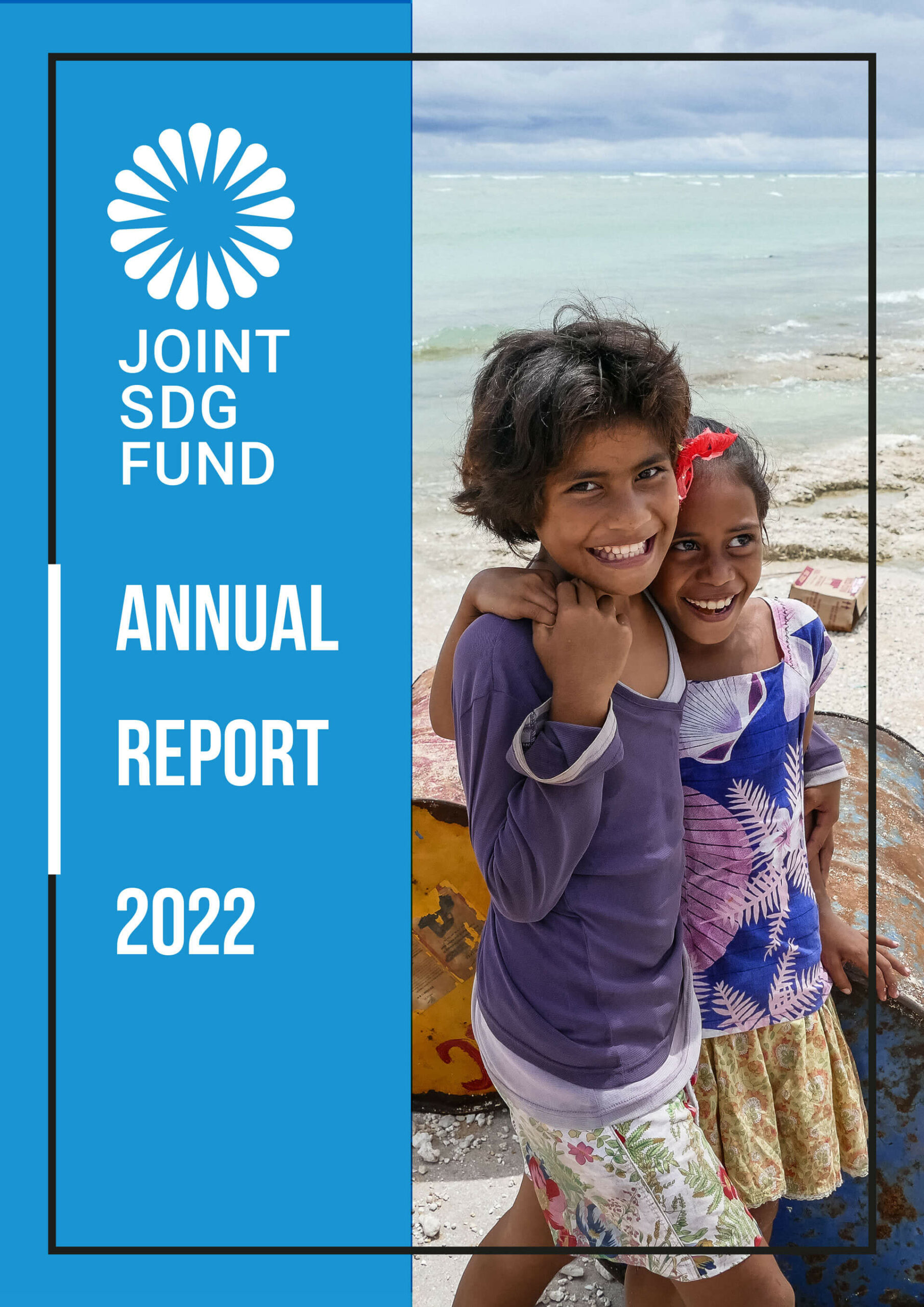San José, Jun 11 (elmundo.cr) - In order to break the cycle of poverty at the local level and enhance the economic autonomy of women so that they can improve their living conditions, through a territorial approach and through solutions based on In nature; The Government and the United Nations today presented a new Joint Program that will execute around ₡ 1,200 million colones over a period of two years.
The initiative called the Joint Program: Strengthening the Bridge to Development Strategy, aims to break the cycle of poverty at the local level, with a gender and environmental perspective. The actions aim to strengthen the capacities and coordination of the entities of the social protection system, with an emphasis on the components of well-being, agriculture and work of the Bridge to Development Strategy, in addition to accelerating the fulfillment of the Sustainable Development Goals ( SDG) that Costa Rica must achieve by 2030.
“The health crisis that we are experiencing affects in a marked way women and more to those who are in a condition of poverty, we are clear that there will be no reactivation or sustainable solution that does not have the face of a woman. The support of the United Nations is critical to advance gender equality and unlock the potential of women in rural and coastal cantons to guarantee their right to full socio-economic integration and thereby make the country move faster towards the fulfillment of the Agenda. 2030 ”, stated Juan Luis Bermúdez Madriz, Minister of Human Development and Social Inclusion and Executive President of IMAS.
For her part Alice Shackelford, UN Resident Coordinator in Costa Rica stressed that “we are initiating the Decade of Action to comply with the SDGs and Costa Rica is reaffirming its commitment to work with rural women, who have long been excluded from opportunities for full and sustainable development. The United Nations will work shoulder to shoulder with the Government and the entire country to comply with the 2030 Agenda and thus DO NOT LEAVE ANYONE ELSE. ”
The Joint Program will be implemented at two levels, the national and the local.
At the national level, the work of the national institutions responsible for the implementation of the Bridge to Development Strategy will be promoted to strengthen gender-sensitive, people-centered institutional coordination actions that promote innovation and the responsible use of natural resources. for the benefit of communities and biodiversity. The program will also promote women's social protection and economic autonomy approaches.
At the local level, innovation laboratories will be implemented in the cantons of Puntarenas, Buenos Aires and Limón, aimed at providing women and their families with tailored institutional services that enhance the capacities to increase their income through productive initiatives based on nature and respond to market demand.
The Bridge to Development Strategy has the purpose of influencing the reduction of poverty, extreme poverty and social inequality. The strategy provides comprehensive, preferential and timely care to families in unfavorable conditions from all dimensions of institutional intervention.
On the part of the United Nations System, the program is implemented by the United Nations Development Program (UNDP), the Food and Agriculture Organization of the United Nations (FAO), the International Labor Organization ( ILO) and UN Women, with the support of the Office of the UN Resident Coordinator. On the Government side, the Program is led by IMAS and is made up of the Ministry of Labor and Social Security, the Ministry of Agriculture and Livestock and the National Institute of Women.
The Joint Fund for the SDGs is funded by contributions from the European Union and the countries of Denmark, Germany, Ireland, Luxembourg, Monaco, the Netherlands, Norway, Portugal, Spain, Sweden and Switzerland, and aims to accelerate the progress of the 17 SDGs and the achievement of the 2030 Agenda.
Original article published in Spanish on Elmundo.cr Here



















